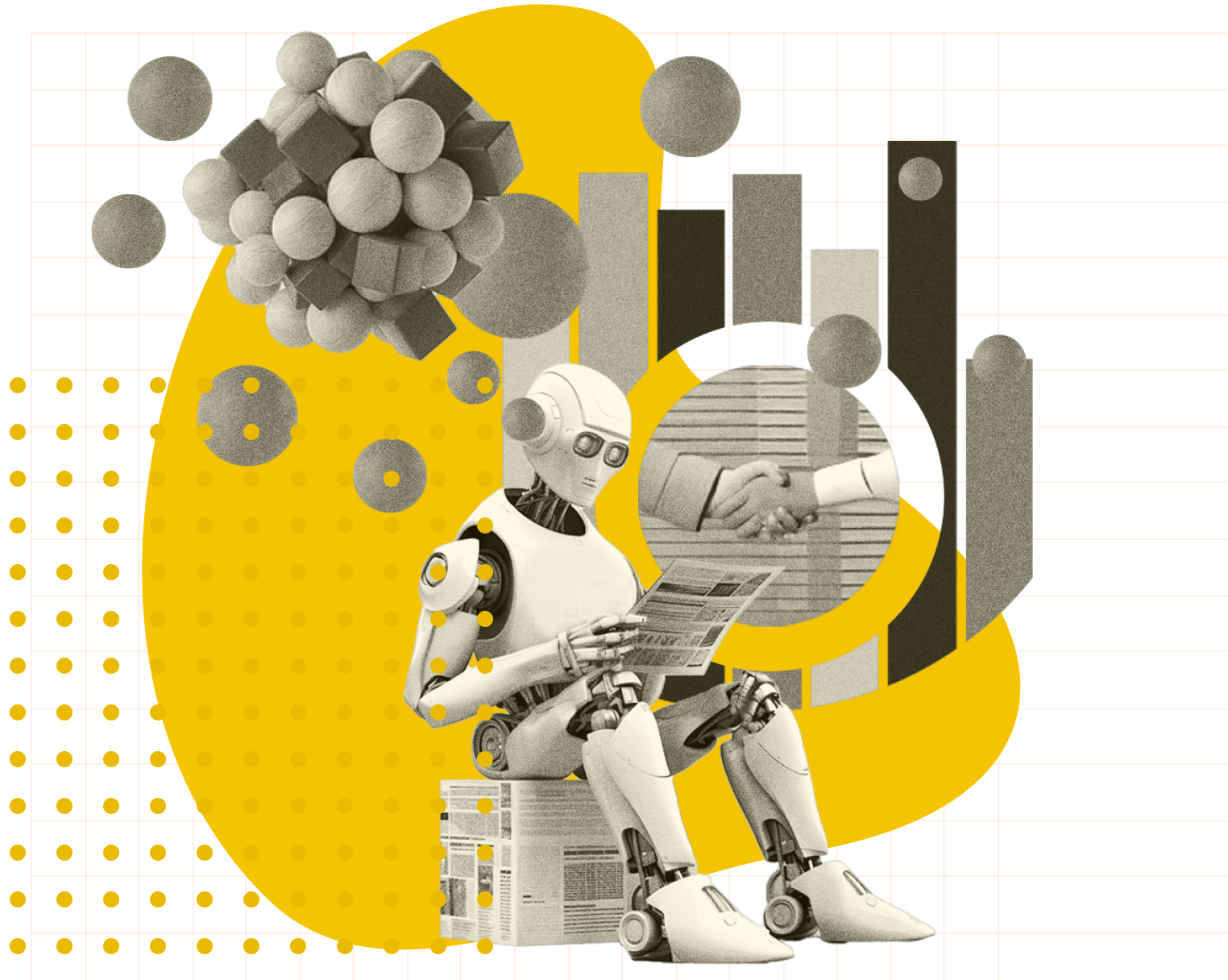What Is Artificial Intelligence?
While it may feel like AI burst into existence in 2023, the technology has been in motion for decades. In the 1940s, computer scientists theorized about mathematical ways to simulate reasoning and neural networks but lacked the computing power and data to put it into practice. As new statistical techniques emerged and computers could process more effectively, new forms of AI developed: forecasting, pattern detection, and data predictions and trends.
In the 2000s, some companies amassed huge amounts of data, prompting them to create massively scalable storage and computation. In parallel, the scientific community built up the theory of neural networks and AI. In the 2000s and 2010s, practitioners combined those two trends to implement neural networks, deep learning, and natural language processing.
Enter generative AI.
Experts began to build and apply large neural networks with billions of parameters, training them on freely available repositories like Wikipedia. They asked those parameters to understand language patterns: how do words relate to sentences? How do sentences relate to paragraphs? Once the system is trained, users can easily prompt it to predict what comes next in a sequence, whether it’s text, image, or video.
How Are Wealth Managers Using AI Today?
In simple terms, artificial intelligence mimics human decision-making processes by pulling from large amounts of data and processing it with conditional rules.
Andrew explained a few ways that AI has already helped financial services firms become more effective.
- Improved customer service. Voice recognition in phone trees routes customer questions to the right representative. Recorded phone calls can be automatically transcribed.
- Efficient automation. With image detection, customers can process checks on their mobile devices or automate form submissions. At Fidelity, Andrew says a small group has been exploring robotic process automation use cases. Employees wouldn’t have to swivel-chair between all the platforms on their desktop, simplifying their workflows.
- Prospect outreach. Some firms apply next best action, a technique that can recommend the right targets for sales associates.
But artificial intelligence isn’t going to take over financial planning anytime soon.
Robo-advice takes inputs about investor and household characteristics, considers financial planning outcomes and investor behavior, and makes decisions. But robo-advisors weren’t built for complex financial situations.
“Could AI ever become sophisticated enough to cut a human out of the loop?” Andrew asks. “I think it’s hard to argue that you can completely accomplish that and have a rich investment and financial advice outcome.”
Future Use Cases for AI in Wealth Management
Large language models like ChatGPT could change how data scientists accomplish specialized use cases. And with prompt engineering, users don’t have to be able to code to write good products and receive good answers in return.
When it comes to new AI, Andrew’s philosophy is to test and learn.
Right now, Andrew’s team at Fidelity is focused on prototypes that can spur creativity and ideation internally, with the prospect of developing future client-facing applications in the future. His team is interested in:
- AI-generated summaries. Large language models could transform Fidelity’s deep, technical whitepapers into a simple summary for junior associates.
- Content creation. AI tools could also be a starting point for social media posts, or an initial email draft.
- Ask me anything. In the future, AI could sit over the top of Fidelity’s tabular data warehouses and help process structured data. Morningstar is also exploring artificial intelligence to surface data from our investment data and research library.
Andrew says his team is careful to set parameters and guardrails around usage. Only a select group of data scientists is experimenting with new prototypes, and Fidelity doesn’t use the public version of ChatGPT, which could risk revealing confidential business data.
For each potential AI application, Andrew asks:
- What techniques and algorithms are you interested in?
- Are the results valid and auditable?
- Is the data usage correct?
- Are we treating the data and ultimate users fairly?
- Is AI explainable in this regulated world?
“We’re being really careful about this, trying to make sure that in the end, we keep our customers and business as safe as possible through the algorithms and platforms that we use,” he said.
AI Is a Friend to Wealth Managers, Not a Foe
Andrew is hopeful about the future of AI, and that the community can overcome challenges like hallucinations and algorithmic biases. He envisions advanced processing that doesn’t require code, combined with policies and procedures in a regulated environment.
“While AI is a transformational change, it’s a technological evolution that fits into a continuing progression,” Andrew says. “As we’re coming to terms with what AI can do and what it should do, we have some control over the situation and an opportunity to try to make sure we put it to the best possible uses.”
